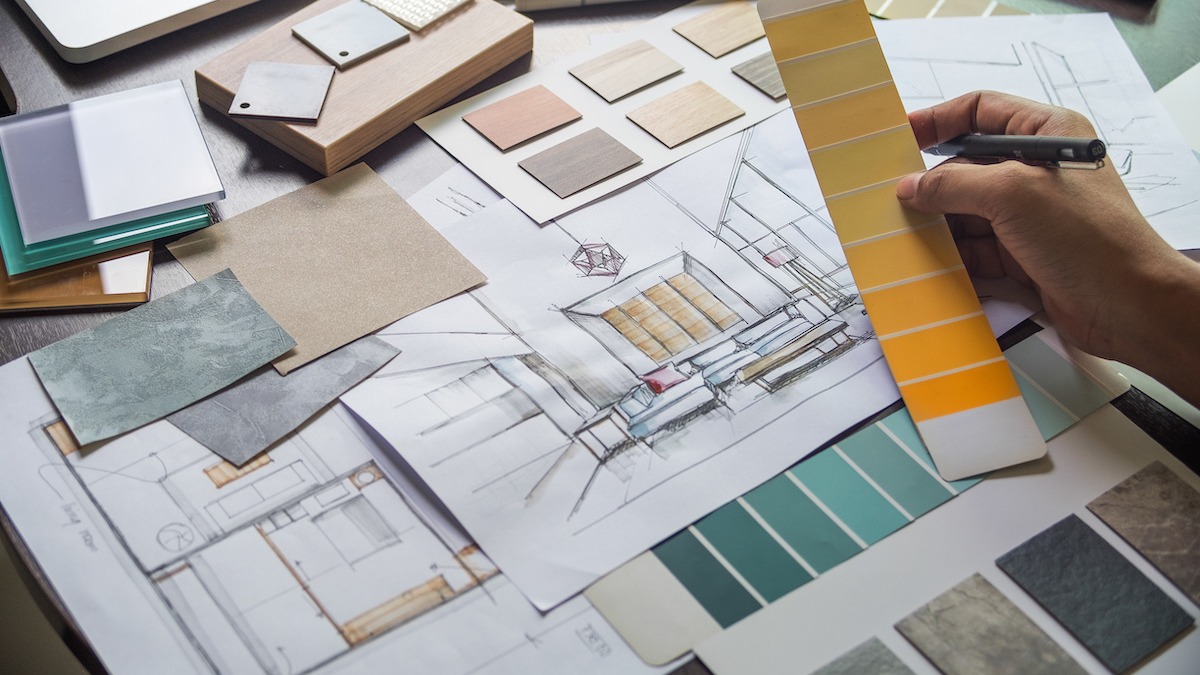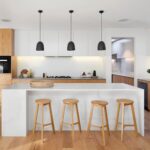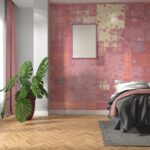WHAT IS TRADITIONAL STYLE DECORATING?
The customary plan is quiet, precise, and unsurprising. At the point when you consider customarily styled insides, consider encouraging styles and exemplary plans. Your family home growing up might have even been styled in conventional goods. Customary homes are fairly easygoing, with each piece going together. It’s about capacity and straightforwardness.
WHAT IS MODERN INTERIOR DESIGN?
Present-day configuration is perhaps the most confounded style in the inside plan, with individuals frequently utilizing it when characterizing contemporary plan. The famous current plans of today highlight weighty surfaces, ornamentation, and differentiating components. One characterizing segment of the current plan is its moderate touch. Present-day plans intensely depend on an absence of particularity. Consider clean lines, unbiased tones, and strongly planned furnishings.
Traditional and modern trends for interior planning could result in chaos. That’s why the interior design experts home decor elements have put together a few tips to help you combine traditional and modern furniture for the perfect set-up.
1. Go Modern in Your Base Furniture
When blending inside plan styles, one style is continually going to be marginally more predominant. With regards to customary and present-day furniture styles, the current is simpler to have as a base due to its cleaner lines. Furthermore, since customary pieces will in general have a touch greater character, they’re simpler to sprinkle in as accents. In this space, you can see we went for current shapes in the couch, emphasize seats, and footstool. Nonetheless, the highlight pieces—like the side table and the carpet—are significantly more conventional. This blending of structures gives a unique look to your space. The conventional platform side table close to the smooth couch and footstool makes equilibrium and center in this space.
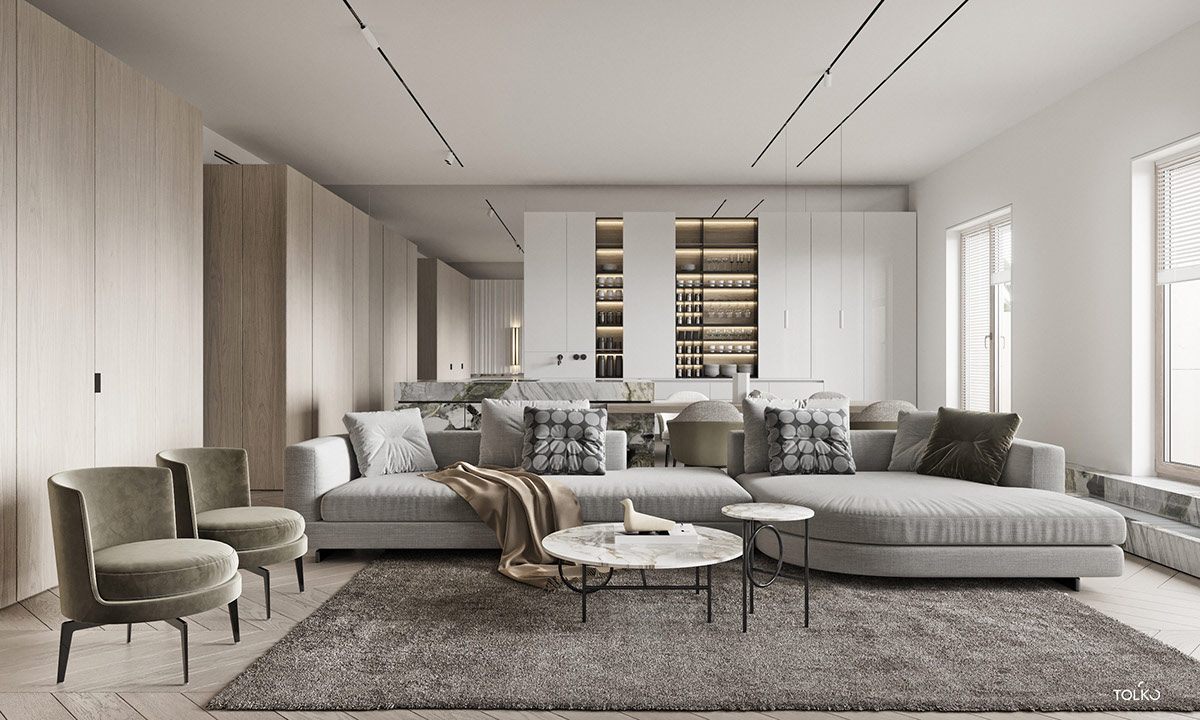
2. Turn the Dial More Traditional with Your Accents
The intonation pieces you pick in your space can thoroughly move the energy, pushing the general look more current or conventional. Consider this particularly when choosing a mat, craftsmanship, and tabletop stylistic layout. In this room, choosing natural roused prints feels more customary, while theoretical workmanship inclines more current and diverse. You could likewise go for a more customary craftsmanship piece, however, lean it on a rack as opposed to hanging in on a divider, or balance a print in banner holders rather than a full-outline. Either approach will give a customary subject a more present-day turn.
3. Opt for Modern Twists on Traditional Silhouettes
However, if you want to take a traditional-first approach (rather than modern being the dominant style) find base furniture with traditional silhouettes—but with a modern twist. A modern finish is a great way to achieve this balance because what determines the style of a piece of furniture is not just the shape, but also the finish.
4. Use Color to Set the Tone
Conventional spaces—particularly those that lean toward that decorated English style—include all the more warm and soaked shading ranges. In the interim, present-day shading ranges are intrinsically more monochromatic and on the “cool” shading range. When consolidating these two styles, there are two methodologies you can take with shading, the two of which will help set the vibe for this mixed style.
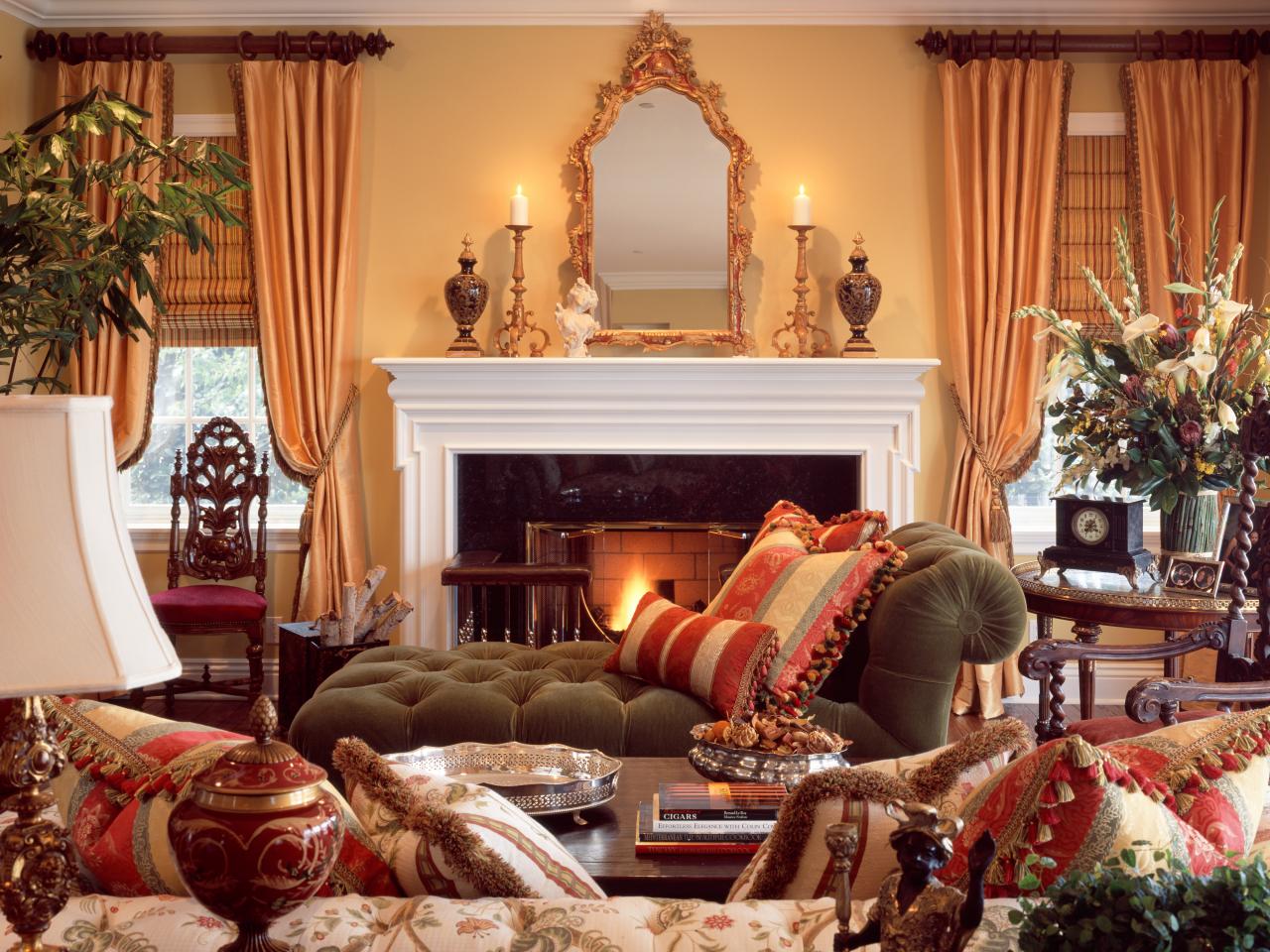
5. Mix Materials and Finishes
Blending materials is another incredible method to mix conventional and contemporary styles. In this space, the utilization of a ceiling fixture is a more customary move, yet the moderate style in a dark metal completion adds a cutting-edge contact. Furthermore, the blend of the metal mirror, seagrass seat, and shroud mat adds a more varied and current feel to space, while as yet utilizing more conventional materials and completions. Warm, worn calfskin is a more exemplary material—however, the type of the seat, with its spotless lines and tightened legs, gives it a more present-day vibe. Textural textures like tweed can cheerfully be utilized to integrate the two styles also.
6. Balance out Traditional Architecture
In a home with conventional plan components, make certain to feature any building subtleties—from chimneys and crown embellishment to covering or seat rails. In any case, don’t be reluctant to give them an advanced curve! Paint you’re covering an intense, immersed shading instead of a more customary unbiased tone. On the off chance that your space has itemized trim and embellishment, consider going for a similar shading on your trim and your divider—an advanced move. Or on the other hand, bring a blocked chimney into the cutting edge world with a whitewash or by painting the block dark for more current energy!
